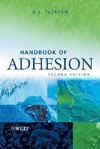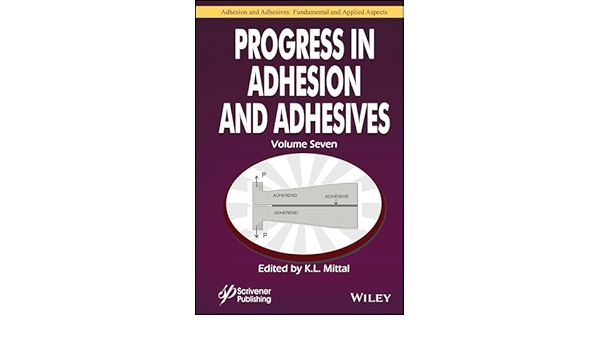3M Receives $34.2 Million to Improve Treatment of Traumatic Wounds
.jpg?1710891121)
3M’s Health Care's Medical Solutions Division was awarded $34.2 million from the U.S. Army Medical Research Acquisition Activity to develop a range of new solutions for infection prevention, wound management, and wound healing. 3M will lead a program focused on treatment strategies that can be used in austere settings, especially those related to mass casualty and delayed evacuation situations — a critical objective of the Department of Defense Combat Casualty Care Capability Assessment. In addition, the program will work to assess biofilm control, biomarker monitoring, and healing in acute trauma situations such as blasts, burns, and gunshot wounds that occur in civilian and military settings.
3M will collaborate with the University of Minnesota Medical School, the 59th Medical Wing Science & Technology Office of the Chief Scientist, Naval Medical Research Unit-San Antonio, and The University of Texas Health Science Center at San Antonio in this program. The awarded funding will support four separate product solutions, with studies that range from prototype and formulation development to completion of two clinical studies to be used for product registration.
"Successful treatment of acute, traumatic wounds requires a continuum of care that begins with easy-to-use dressings and effective infection prevention that can be applied at the point of injury, continues with portable solutions for transport, and transitions to more sophisticated solutions in hospital settings suitable for rehabilitation and reintegration of patients," said Raymond Chiu, senior vice president, research & development, 3M Health Care Business Group. "3M is proud to be working with civilian and military partners to bring these solutions to fruition."
The U.S. Army Medical Research Acquisition Activity is the awarding and administering acquisition office. In conducting research using animals, the investigator(s) adheres to the laws of the United States and regulations of the Department of Agriculture. This work [is] was supported by the Office of the Assistant Secretary of Defense for Health Affairs, in the amount of $34,191,124, through the Defense Health Agency Expeditionary Medicine Research and Development Program. Opinions, interpretations, conclusions, and recommendations are those of the author and are not necessarily endorsed by the Department of Defense.
To learn more, visit www.3m.com.
Looking for a reprint of this article?
From high-res PDFs to custom plaques, order your copy today!







